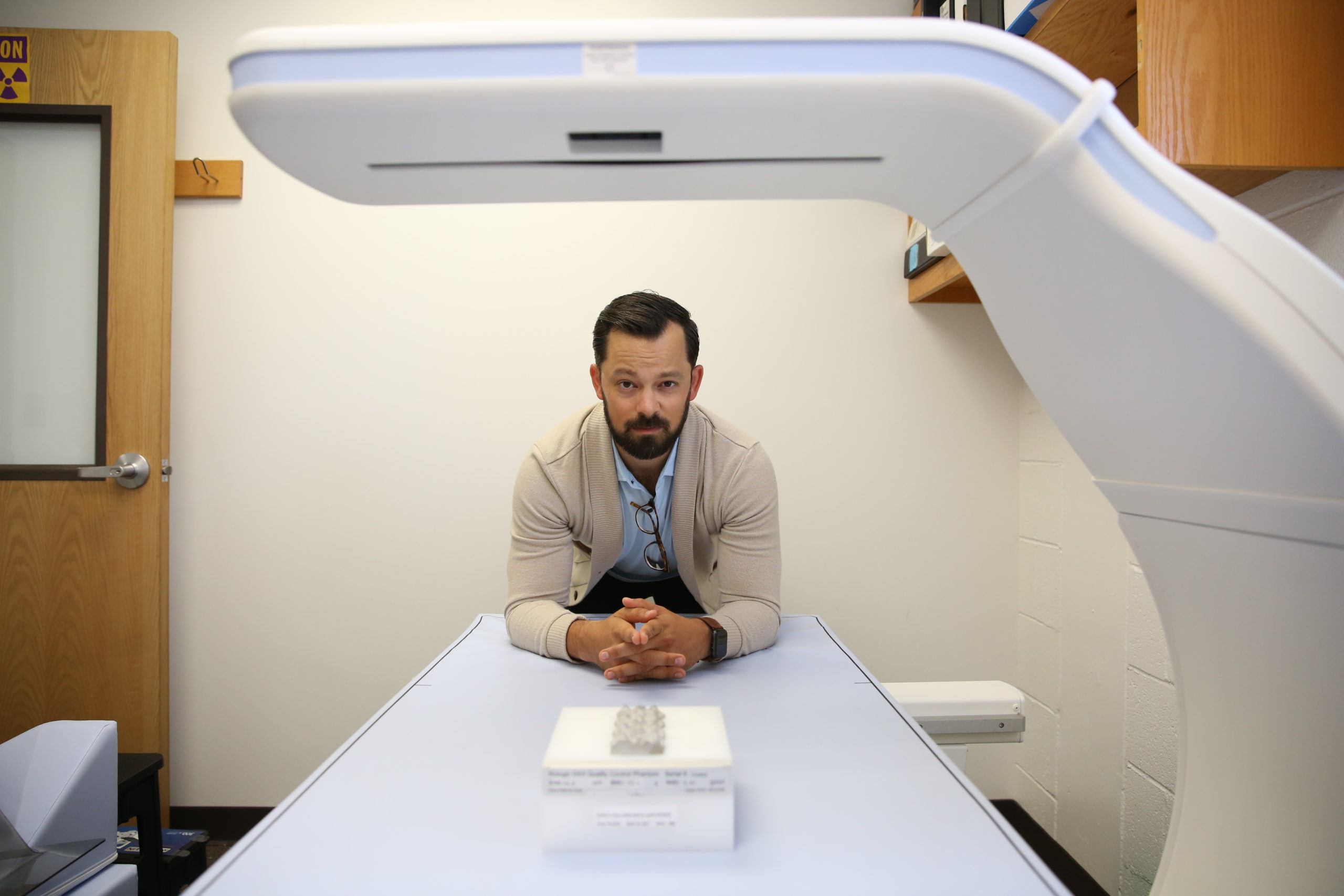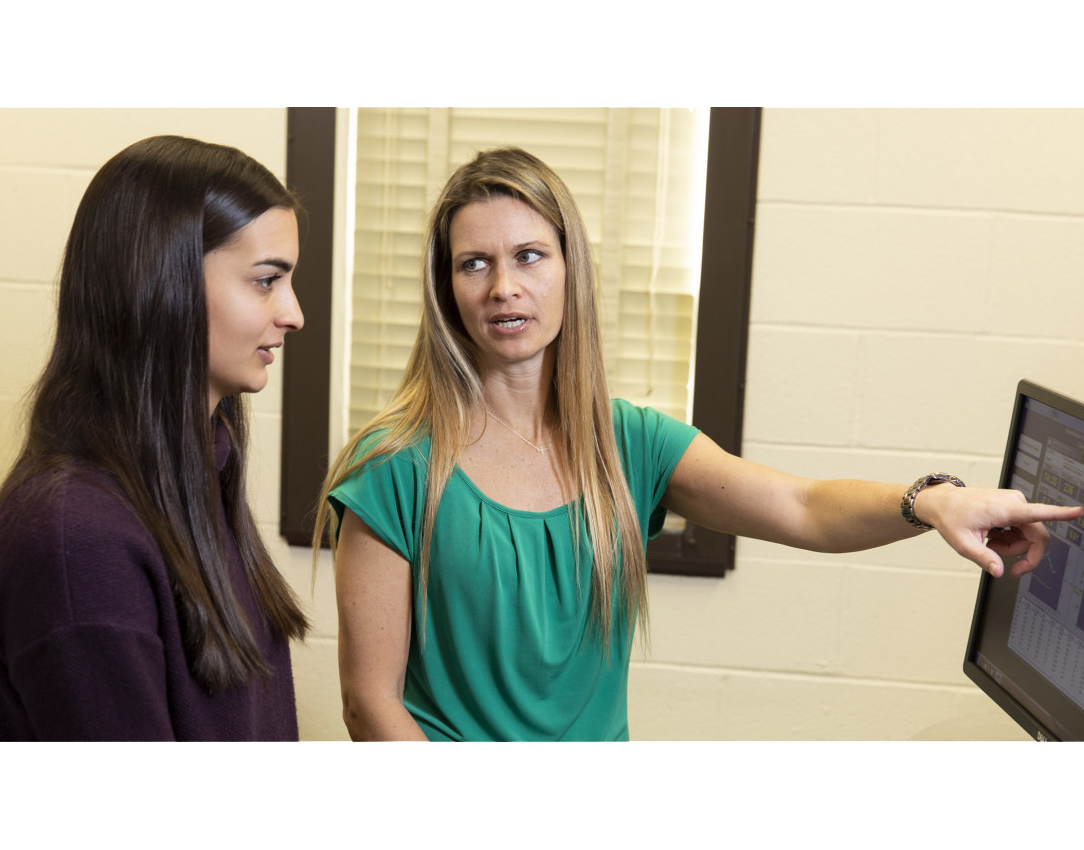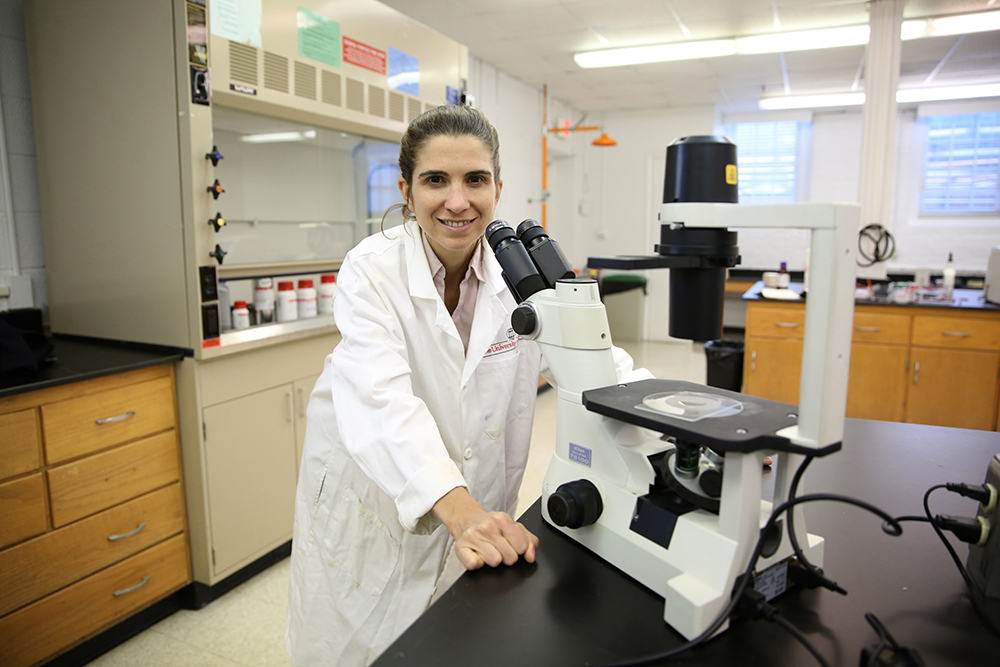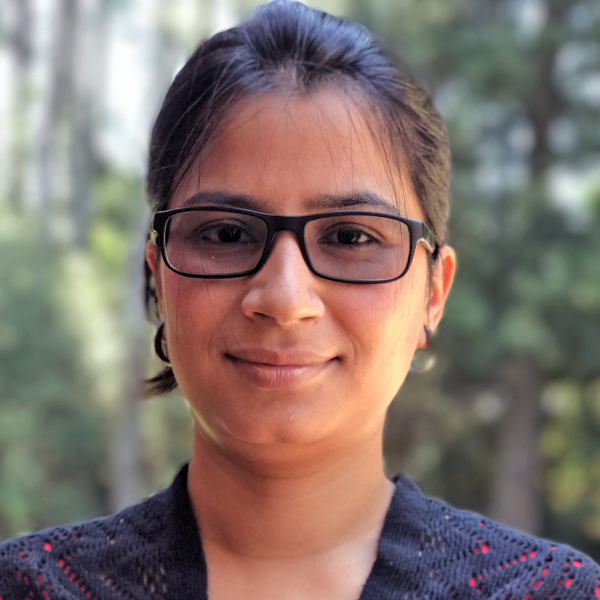In the U.S., 17 percent of children are obese with certain groups more affected than others. National Childhood Obesity Awareness Month in September is designed to provide opportunities for learning about how to battle this serious health concern.
One of the University of Georgia’s primary research emphases is on improving human health. UGA has assembled faculty research teams that directly address child obesity.
Here are six UGA faculty members with unique expertise in the field ready to discuss child obesity with the media.
Caree Cotwright
Assistant Professor
Department of Foods and Nutrition
College of Family and Consumer Sciences
cjcot@uga.edu
706-542-3073
The overall goal of Cotwright’s work is to create healthy early care and education environments to prevent obesity in our youngest children, ages 0-5, while working to decrease health disparities among low-income and minority populations.
Cotwright’s research focuses on promoting nutrition and physical activity best practices and policies in the early care and education setting. The aim of her work is to create training and interventions for young children, their parents, child care providers and child care food service staff to increase healthy eating, wellness education and physical activity in the ECE setting; assist ECE settings with creating wellness policies and plans of action to sustain changes long term; and using innovative approaches such as entertainment education and mobile fruit and vegetable markets to engage families and child care providers in healthy living.
On what the nation should do: “What we need to do as a nation to battle childhood obesity is to start early in teaching healthy habits to children. Starting with children ages 0-5 is the best way to prevent childhood obesity and build a foundation for healthy habits. We are making great strides on tackling this problem and we need to continue building in daily activities that make healthy choices normal, easy, desirable and fun for children. As we teach children, adults become role models for healthy behavior. We should also strive to create and sustain partnerships with families, schools, child care programs and health care providers to create policies, systems and environments that support the development of lifelong health habits. For example, I train child care providers on how to implement policies such as making water available for self-serve in the classroom, eliminating sugar-sweetened beverages, and not allowing children to sit for more than 15 minutes at a time. Small changes can make a difference in preventing weight gain and promoting healthy habits. We all have role to play in promoting health to sustain quality of life for future generations. If everyone does their part we will become a healthier nation.”
Phaedra Corso
UGA Foundation Professor of Human Health
Director of the Economic Evaluation Research Group
College of Public Health
pcorso@uga.edu
706-713-2708
Corso is known both nationally and internationally for her research in economic evaluation and economic impact assessment, primarily in the areas of child maltreatment, substance use prevention and childhood obesity. She is one of a number faculty at the College of Public Health working with the Georgia Department of Public Health to evaluate the Georgia Student Health and Physical Education policy, a statewide comprehensive policy adopted in 2009 that combines physical activity requirements, assessment and support for all public elementary schools.
On obesity in Georgia: “The prevalence of being obese or overweight has been on the rise in the United States over the last four decades, reaching 30 percent in the state of Georgia. Childhood obesity is one of the biggest concerns in this epidemic, which is associated with a variety of poor health outcomes, lost productivity and staggering health care costs.”
Leann Birch
William P. “Bill” Flatt Childhood Obesity Professor
Department of Foods and Nutrition
College of Family and Consumer Sciences
llb15@uga.edu
706-542-2899
As a developmental psychologist, Birch’s research has focused on individual and contextual factors that influence the developing controls of food intake and obesity risk among infants, children and adolescents. Early research from Birch’s laboratory on factors affecting the developing controls of food intake, including food preferences and responsiveness to portion size and energy density, have contributed to the evidence base on behavioral factors implicated in the development of childhood obesity. These findings laid the groundwork for exploring individual, familial and contextual factors that shape the development of differences in eating behavior and obesity. Author of over 200 publications, Birch is internationally recognized for her research.
On early obesity: “Obesity begins early. About 25 percent of preschool children are already overweight. In addition, because most obesity treatment is not successful, research is needed to develop and evaluate prevention strategies to reduce risk of childhood obesity. Potentially modifiable early risk factors for obesity include excessive weight gain and short sleep duration in infancy. The research we are conducting has shown that providing guidance on responsive parenting and feeding to new mothers can prevent rapid growth in infancy and promote longer infant sleep duration, reducing overweight at 1 year.”
Michael Schmidt
Associate Professor
Department of Kinesiology
College of Education
schmidtm@uga.edu
706-542-6577
As a physical activity epidemiologist, Schmidt’s research broadly focuses on examining associations between physical activity and human health and well-being from a public health perspective. More specifically, much of his research pertains to the following three concentration areas: the prevention and health consequences of obesity, improving methods to measure physical activity in diverse populations, and the effects of physical activity during pregnancy on maternal and child health.
Schmidt was the lead author on a recent study from a group of international researchers that identified a potentially effective tool to reduce the long-term health risks of childhood obesity: aerobic exercise.
The researchers found that higher aerobic fitness in childhood, independent of abdominal fat, reduced the risk of developing metabolic syndrome in early adulthood by 36 percent compared to those with lower childhood fitness levels.
“While a number of studies have found that higher levels of aerobic fitness can substantially reduce the cardiovascular disease risks associated with adult obesity, few studies have looked to see whether this might also be true regarding childhood obesity,” Schmidt said.
More news about the study: news.uga.edu/releases/article/childhood-fitness-obesity-0516/
Marsha Davis
Associate Dean for Outreach and Engagement
Professor
Department of Health Promotion and Behavior
College of Public Health
davism@uga.edu
706-542-4369
Davis has worked on several landmark community- and school-based interventions nationally. She is actively involved with the Georgia Student Health and Physical Education (SHAPE) policy. Davis has been instrumental in the formation and work of community collaboratives for childhood obesity prevention in Georgia. She is currently leading a childhood obesity prevention project for elementary school children in rural Georgia. She is also a co-leader on the national Policy, Systems, and Environment, Nutrition and Obesity Prevention Center for Excellence.
On obesity in Georgia: “Limited progress has been made in reducing childhood obesity rates. Obesity is a complex issue. The behaviors of individuals and families are shaped and supported by the environments in which they live; the reciprocal is also true. Solutions to the obesity epidemic must come from multiple sources, involve multiple levels and sectors in the communities (business, education, nonprofits, government, county and city officials), and take into account the synergy of multiple strategies. In the last year, we have seen a decline in childhood obesity for grades 1-12 in certain cities, counties and states. The places that are taking a multi-sector and comprehensive policy, systems and environmental approach are the ones making progress.”
Janani Thapa
Assistant Professor of Health Policy and Management
College of Public Health
jrthapa@uga.edu
706-713-2700
Thapa develops, implements and evaluates field experiments on innovative strategies to promote healthy food choices. Her area of interest and expertise is obesity prevention. She also works on obesity policy and policy evaluation.
On obesity impacts: “Research has found that children who are obese as a child have higher probability of becoming an obese adult. Obesity has tolls both at the individual and societal level. At the individual level it is a risk factor for several chronic diseases including cancer. My own research has found that the awareness on obesity as a risk factor for cancer is very low compared to other risk factors such as smoking. At the societal level our national health care spending is rising rapidly and obesity plays a role on this. Moreover, I feel heavy hearted to see obese children because as a child they are unable to decide for themselves and yet are facing the consequences of obesity. Childhood is the best time to develop healthy habits for life and we as a society must address childhood obesity as an issue and play our part in addressing it.”










